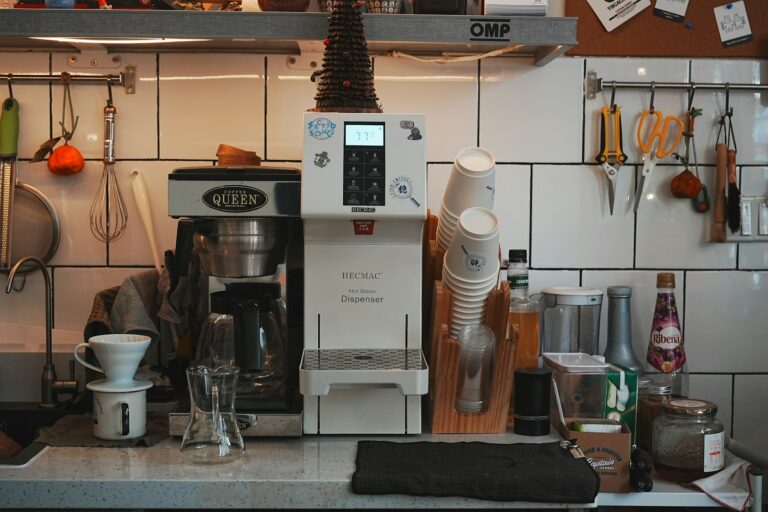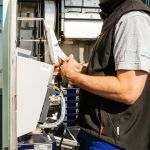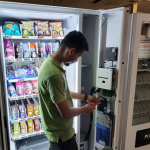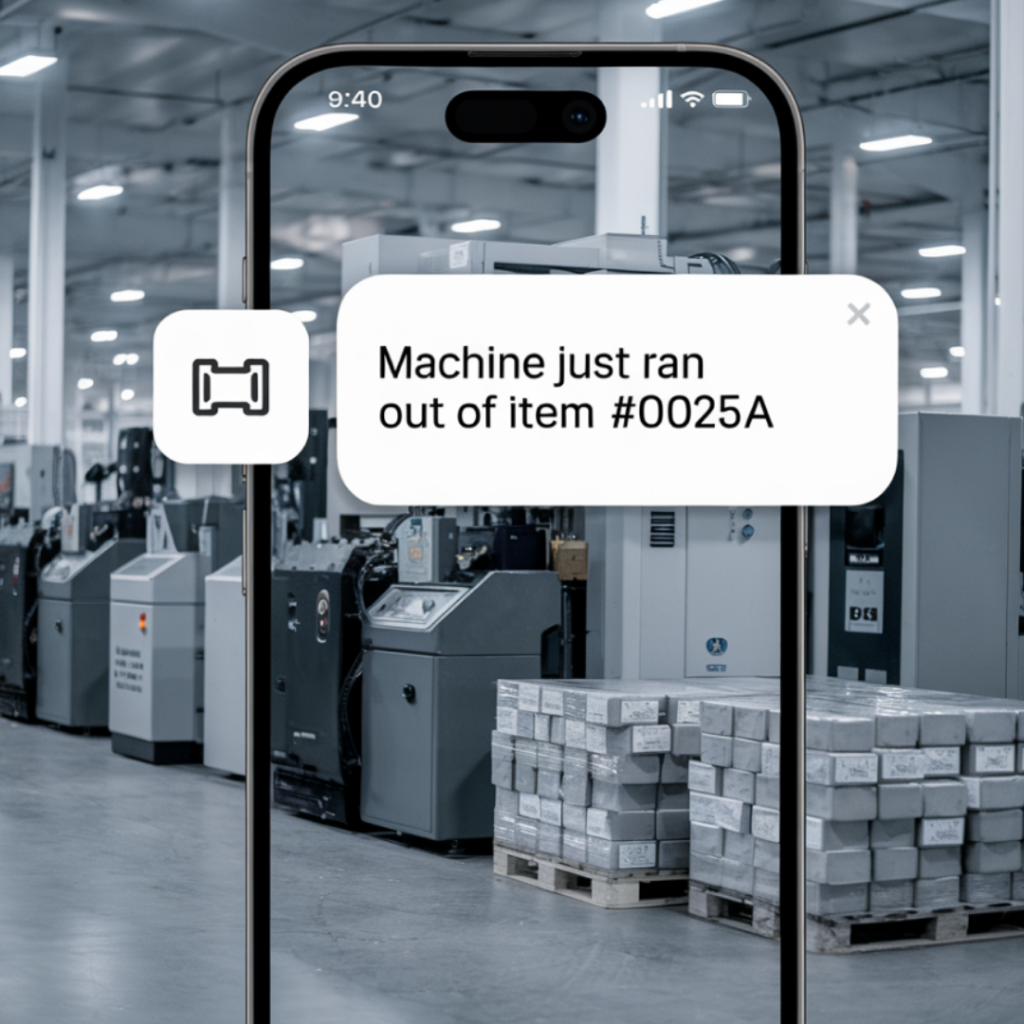Are Vending Machines Profitable? Here’s What You Need to Know
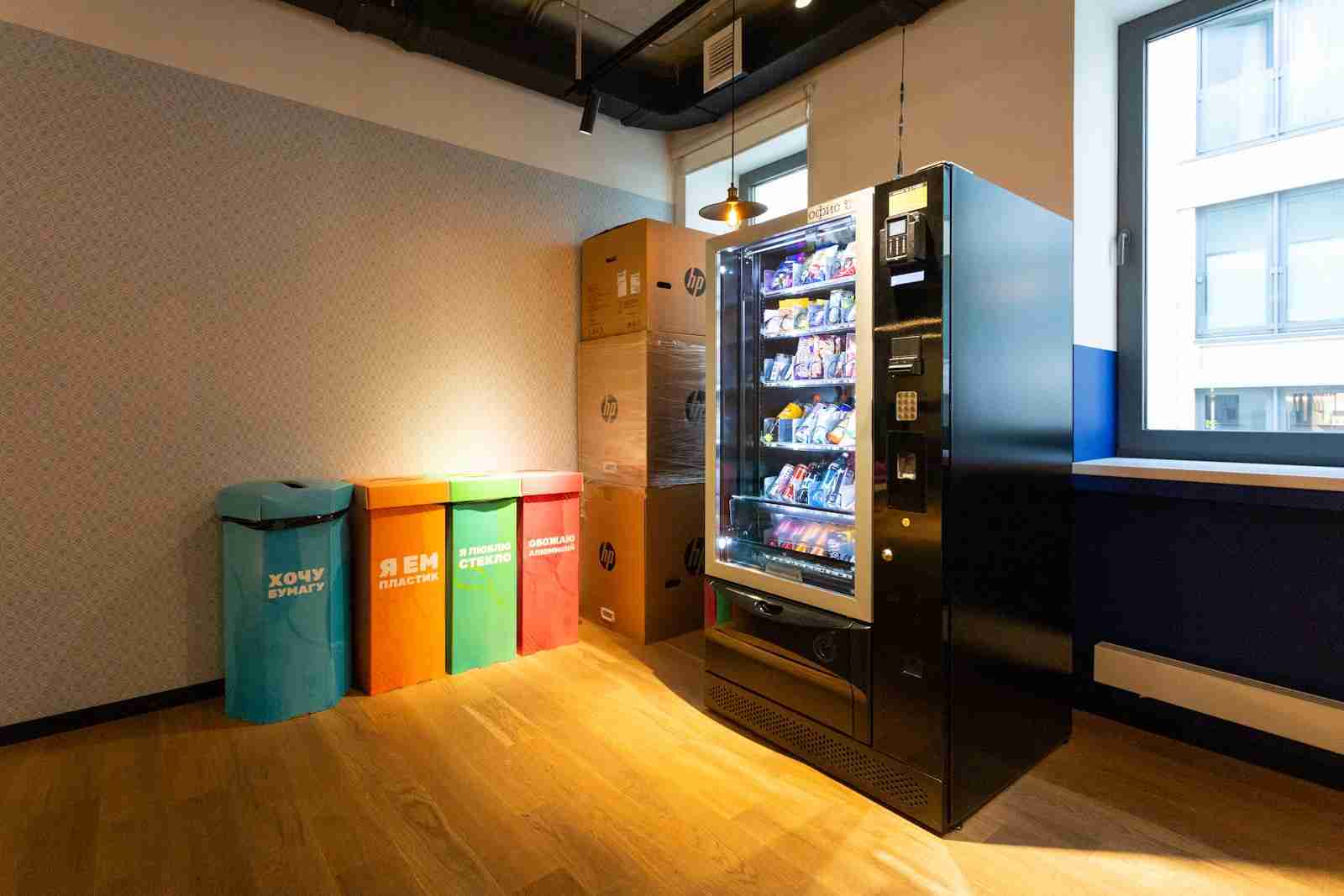
Are vending machines profitable? In the right hands and placed in the right location, absolutely. Vending machines can generate anywhere from $300 to over $1,200 per month per machine, with high-margin categories like vape, snacks, and drinks delivering even stronger returns. But profitability isn’t just about plugging in a machine and waiting for cash to flow.
Today’s vending machine business is smarter and more competitive than ever. Profit potential hinges on several key factors: the type of vending machine you invest in, the quality of your product selection, foot traffic at your location, and your ability to manage operations efficiently. From compact snack machines in office buildings to high-tech vape machines in lounges, each use case has a unique profit profile.
In this guide, we’ll break down the real numbers, reveal the most profitable types of machines, and explain how strategic placement can significantly impact your vending business success.
Types of Vending Machines and Their Profit Potential
Different vending machines offer different revenue opportunities based on what they sell and where they’re placed. Here’s a breakdown of some of the most profitable options:
Combo Vending Machines
Combo vending machines are versatile units that dispense both snacks and beverages. These machines are ideal for office buildings, schools, apartment complexes, and break rooms where variety and convenience matter. When placed in steady foot traffic areas, they can generate between $500 and $1,200 per month, making them a strong entry point for new operators.
Drinks Vending Machines
Drinks vending machines perform best in gyms, fitness centers, sports clubs, and recreation areas. Stocking popular energy drinks like Celsius, Red Bull, and Gatorade increases sales and encourages impulse buys. With the right location and product mix, these machines typically earn $300 to $800 monthly.
Vape Vending Machines
Vape vending machines are engineered for adult-only environments like lounges, smoke shops, bars, and tattoo parlors. These machines often carry high-margin products such as disposable vapes, nicotine pouches, and e-cigs. With built-in age verification and secure payment systems, they can generate $800 to $1,500 or more per month in the right 21+ venue.
Alcohol Vending Machines
Alcohol vending machines are designed for locations with proper licensing, including hotels, cruise ships, event venues, and airport lounges. They dispense wine, beer, or mini liquor bottles while ensuring ID compliance. In high-end hospitality settings, they can deliver $1,000 to $2,000 in monthly revenue.
Ramen Noodle Vending Machine
The ramen noodle vending machine offers hot, fresh meals in under two minutes. It’s perfect for dormitories, convenience stores, late-night lobbies, and airports. With easy operation and 24-hour access, these machines can earn $600 to $1,200 each month, especially in areas with high student or traveler density.
Bubble Boba Tea Vending Machine
The bubble boba tea vending machine is ideal for shopping malls, tourist spots, and entertainment zones. It serves ready-to-drink boba milk tea with tapioca pearls and toppings, appealing to younger demographics. In the right environment, it can bring in $700 to $1,300 per month.
Electronics Vending Machine
An electronics vending machine is well suited for airports, hotels, convention centers, and campuses. Stock it with travel essentials like chargers, headphones, and adapters to meet urgent needs. These machines are capable of earning $1,000 to $2,500 monthly, depending on traffic and pricing.
Weed Vending Machines
Weed vending machines are intended for licensed dispensaries and cannabis retailers. These machines sell legal products like cartridges, pre-rolls, and edibles. With age verification and secure access, they are a compliant and scalable option that can produce $2,000 to $5,000 or more per month in mature markets.
Initial Investments and the Impact on Vending Machine Profitability
Embarking on the vending machine journey begins with an initial investment. The costs include purchasing the machine, which can range significantly based on its size, technology, and features. Remember, a state-of-the-art digital machine with multiple payment options may set you back more than a traditional coin-operated one.
Then come the products. Stocking your machine requires capital, and the type of products you choose can dramatically impact your vending machine profitability. Perishable items, for example, might require frequent restocking and come with the risk of wastage. On the other hand, non-perishable items might have longer shelf lives but might not fetch the same profit margins
Ongoing costs also loom large. These encompass maintenance, restocking, potential rental fees for prime locations, and electricity bills. Maintenance is crucial; a malfunctioning machine can quickly erode trust and result in lost sales. These recurring expenses can take a sizable chunk from the profits, so they must be meticulously managed.
Vending Machines Location: A Crucial Factor for Profitability
Location Disclosure: Real Example of Profitability Impact
We tested two identical vending setups in different locations. Both machines sold the same products with the same unit costs—and only one thing changed: where they were placed.
Old Location: a low-traffic office building
- Revenue: ≈ $30 per day (~$900 in 30 days)
- Time investment: 4–10 hours per week
- Negative factors: dated machines, service issues, long travel
New Location: nearby breakroom at a lawn care facility
- Revenue: ≈ $60 per day (~$1,800 in 30 days)
- Time investment: ~2 hours per week
- Machine uptime higher, fewer restock trips, closer proximity
That means one machine in a better location earned 2× more revenue—even with half the service time and lower operational overhead.
They also tested adding more machines within the same new spot—showing the compounding effect when combining high foot traffic and product fit.
This real-world example highlights that vending machine profitability hinges on location, foot traffic, and demographic fit—not just machine placement. At VMFS USA™, we help guide location strategy based on data and tested scenarios like this one.
Profit Margins and Product Selection
While vending machines can stock a myriad of products, not all items are equal in terms of profit. Traditional snacks, like chips and sodas, might have lower costs but also face stiff competition. Unique or niche products might fetch higher margins but could have slower turnover rates.
The trick is to strike a balance. Offering a mix of popular staples and unique items can cater to a wider audience. Periodically reviewing sales data can shed light on which products are hot sellers and which are languishing. Adjusting the product mix based on sales trends can optimize profits.
Moreover, seasonality can impact sales. Cold beverages might be bestsellers in summer, while hot drinks could be in demand during colder months. Adapting to these shifts and adjusting inventory accordingly can play a significant role in maximizing profits.
The Modern Evolution of Vending Machines
Vending machines aren’t static, coin-operated relics of the past. Modern machines boast digital interfaces, accept multiple payment methods, and even offer touchless options. Embracing these technological advances can enhance user experience, potentially boosting sales.
Further, smart vending machines offer real-time inventory tracking and sales analytics. This data-driven approach allows business owners to make informed decisions, streamline restocking, and understand customer preferences in depth. Integrating these technologies can provide a competitive edge and drive profitability.
In addition to technological advancements, aesthetic appeal matters. Machines with engaging designs, clear product visibility, and easy navigation can entice customers. In a world where consumer experience is paramount, ensuring your vending machine is both functional and appealing is crucial.
Challenges and Potential Pitfalls in Achieving Vending Machine Profitability
Every business faces challenges, and the vending machine industry is no exception. Vandalism, theft, and machine breakdowns are realities that operators might encounter. Ensuring machines are in secure and well-monitored locations can mitigate some of these risks.
Additionally, economic fluctuations can influence consumer spending habits. Economic downturns might result in reduced discretionary spending, impacting sales. It’s essential to be prepared for these market shifts and have strategies in place to navigate challenging times.
Another potential pitfall is stagnation. Relying solely on traditional products and not evolving with market trends can result in reduced sales. Regularly updating product offerings, embracing technology, and staying attuned to consumer preferences can circumvent this issue.
Maximizing Profits: Strategies and Tips
To truly maximize profitability in the vending machine business, diversification is key. Consider varying product offerings across different machines or locations. This strategy not only caters to diverse consumer needs but also spreads risk.
Loyalty programs or promotional deals can also boost sales. Offering a “buy one, get one free” deal or loyalty punch cards can entice repeat business. Collaborating with product suppliers for promotional deals or discounts can also be a win-win, driving sales for both parties.
Lastly, consider direct feedback. Placing a feedback mechanism on the machine or conducting periodic surveys can offer insights directly from customers. This feedback is invaluable, providing a clear understanding of what’s working and areas for improvement.
The Environmental Consideration
As society becomes increasingly eco-conscious, vending machine operators should also adapt. Reducing waste, offering recyclable packaging, or incorporating energy-saving machines can appeal to environmentally-minded consumers. Not only is this good for the planet, but it also resonates with a growing segment of consumers who prefer supporting eco-friendly businesses.
Furthermore, consider offering products that align with this ethos. Organic snacks, health-focused beverages, or sustainably sourced products can differentiate your machine from competitors. These offerings might come at a slightly higher cost, but they can also command higher prices, balancing out the equation.
Being transparent about sustainability efforts can also foster trust. Providing information on the machine about eco-friendly initiatives or product sourcing can educate and engage consumers, potentially leading to increased sales and brand loyalty.
The Future of Vending Machines
The world of vending machines is ever-evolving. As technology advances, we can expect even more innovations. From machines that offer personalized product suggestions based on past purchases to those integrating augmented reality for enhanced user experiences, the future looks bright.
Beyond technology, there’s potential for an expanded product range. Fresh food vending machines, offering salads, sandwiches, or even gourmet meals, are emerging in some markets. These machines cater to the on-the-go consumer who desires more than just a snack.
To remain profitable, vending machine operators should stay informed about industry advancements and be willing to adapt. Embracing change, investing in innovations, and being forward-thinking can position a vending machine business for long-term success.
Conclusion
The allure of vending machines as a passive income source is undeniable. However, gauging the vending machine profitability requires diligence, research, adaptation, and a keen understanding of the market. While there are challenges, the potential for profitability is tangible. By considering factors like location, product selection, technological advancements, and consumer trends, vending machine operators can chart a path to success in this dynamic industry.
With the right strategies in place, the vending machine business can indeed live up to its profitable reputation. But for those wondering, is vending machine business profitable, the key lies in continuous learning, adaptation, and staying updated on both technological advancements and consumer preferences.
Frequently Asked Questions About Vending Machine Profitability
A vending machine can generate anywhere from $300 to $3,000 per month depending on its location, the type of products it offers, and how well it’s maintained. Machines in high-traffic areas like gyms, warehouses, and offices tend to earn significantly more than those in less active spots.
Disposable vapes, energy drinks, and high-demand snacks consistently top the list. Vape products especially stand out due to their high margins and repeat purchase behavior, making them ideal for age-verified locations with strong foot traffic.
The most profitable machines are located in places with steady, daily traffic and minimal retail competition. Some of the top-performing locations include offices, college campuses, hotels, fitness centers, hospitals, and transportation hubs.
Filling a vending machine can range from $200 for basic snack setups to over $2,000 for high-value inventory like electronics or vape devices. The cost varies based on the product type, quantity, and the sales cycle of the machine’s location.
Some challenges include location scouting, maintenance, vandalism, and product expiration. Machines that aren’t placed strategically may underperform, and managing logistics like restocking or technical issues can eat into your profits without the right support.

